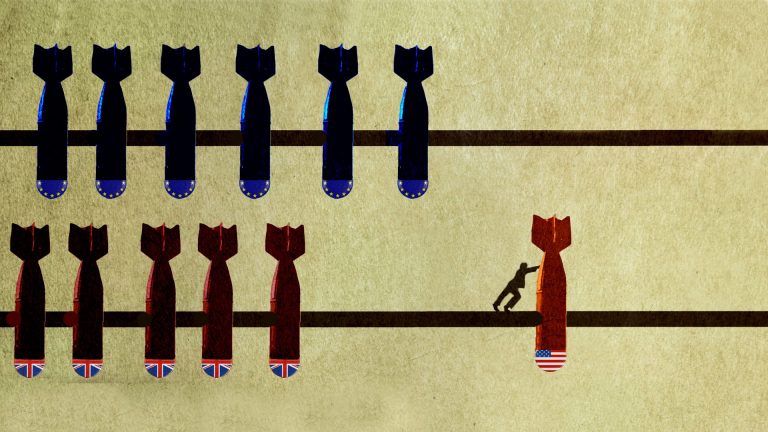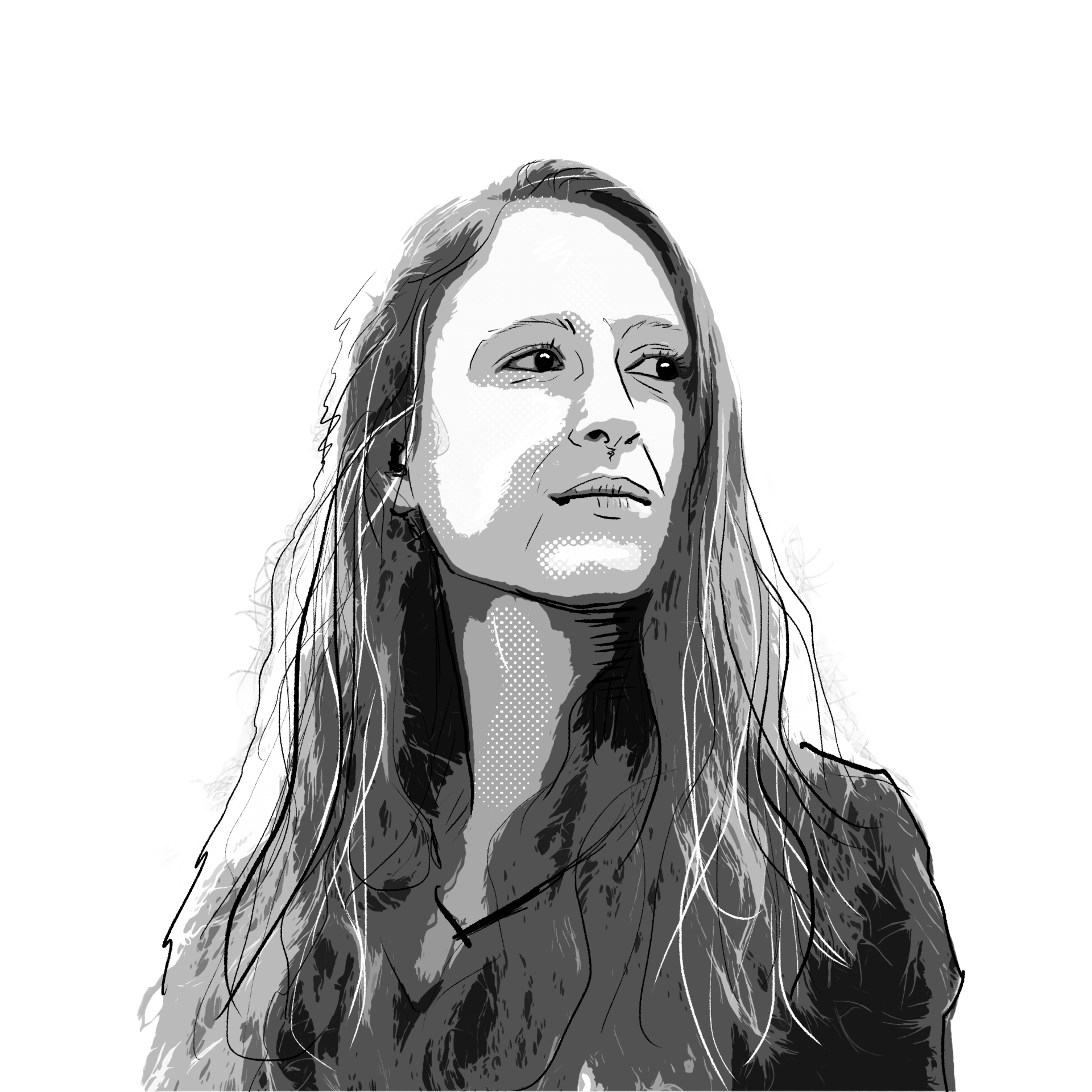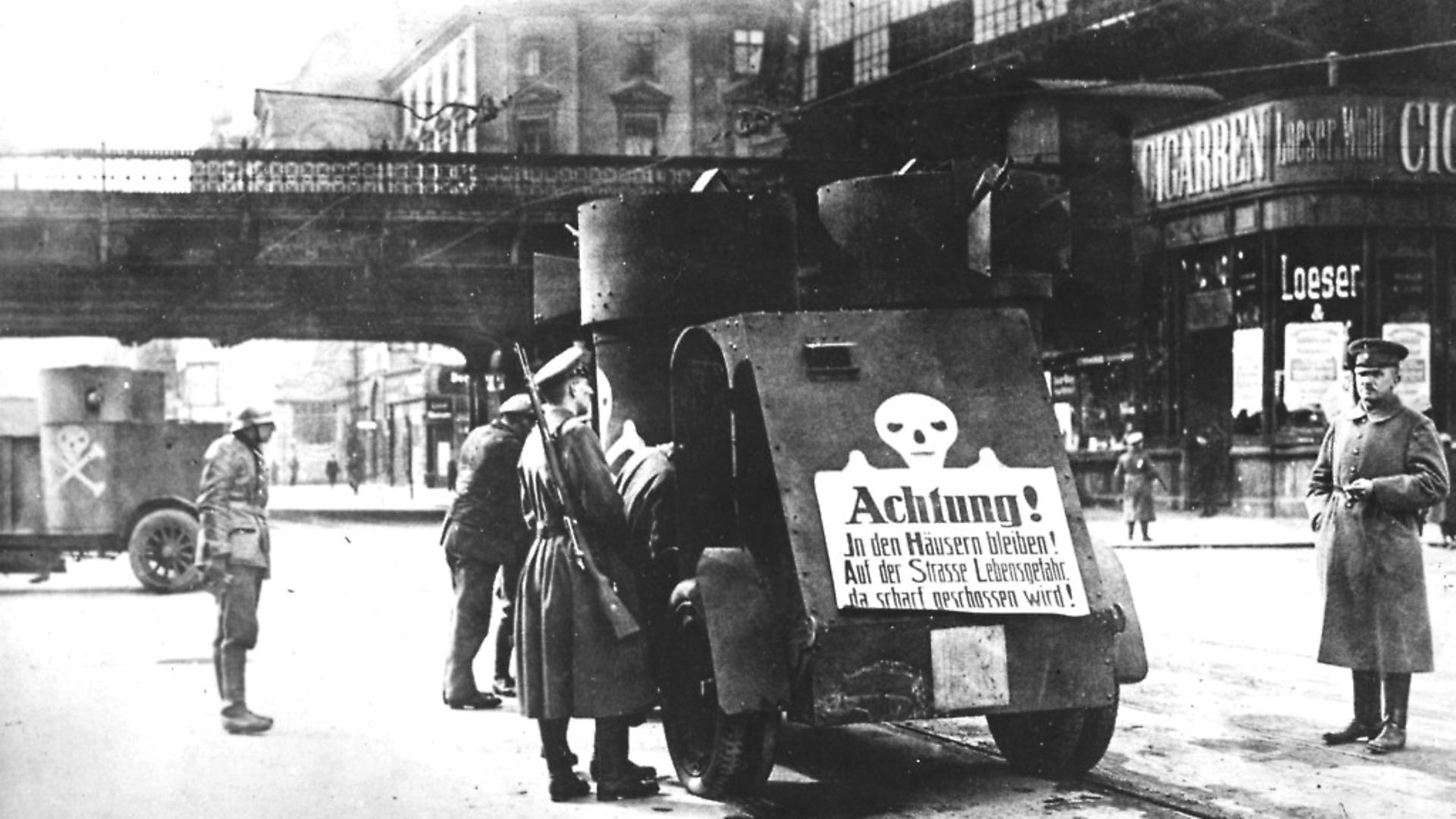
This week marks the centenary of the murder of Rosa Luxemburg. IAN WALKER pieces together the events which led up to it, and asks how her killing changed the course of the last century.
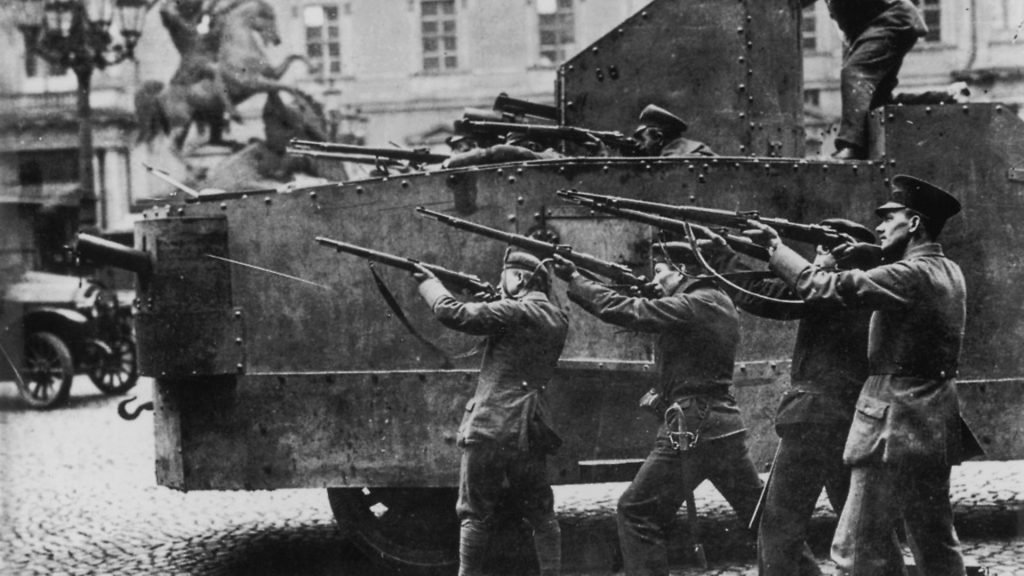
Rosa Luxemburg thought Berlin could hide her. Five days into 1919, the Marxist revolutionary had helped to transform a wave of strikes and protests in the city into open revolution – the so-called Spartacist uprising. But by January 12, she was on the run, the revolt crushed by right-wing militia groups deployed by Germany’s new socialist government.
However, all was not lost. Berlin, in those febrile post-war months, still offered hope to her. It was a city filled with revolutionaries, fellow travellers and sympathetic soldiers, factory workers and intellectuals. In other words, there were plenty of hotel rooms, basements, offices and attics in which a Marxist fugitive could lie low, regroup and work out what to do next.
But it turned out that the city couldn’t hide her. Berlin was also full of volunteers and spies working on behalf of the government. Then there were those militia groups – the Freikorps, the hastily-assembled units of soldiers returning from the front who were happy to do the government’s counter-revolutionary killing. Finally, there were Berlin’s perennial gossips, informers and trouble-makers.
In the event, Luxemburg lasted just three days as an outlaw. It seems likely it was a tip-off which, on the evening of January 15, 1919, led a patrol of the Wilmersdorfer Bürgerwehr volunteer unit to the apartment on Mannheimer Strasse where she and fellow revolutionary Karl Liebknecht were staying with friends. Excited and keen to please, the captors immediately took their prisoners to the Eden Hotel which was on the Ku’damm, Berlin’s grandest boulevard.
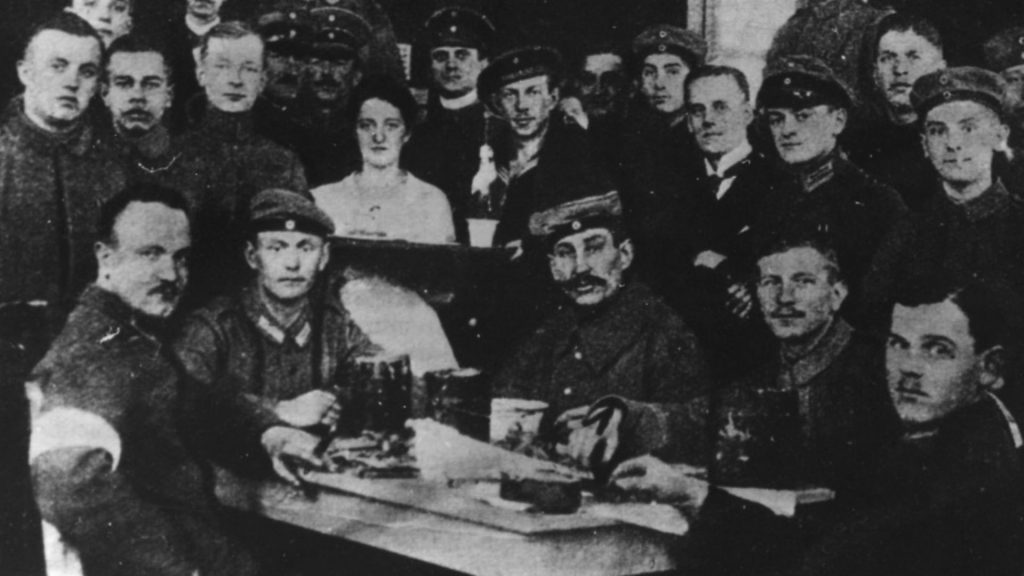
This sumptuous hotel had been turned into the headquarters of the Guards Cavalry Rifle Division (GKSD). The GKSD had been one of the elite German divisions on the Western Front, but now, under the command of Captain Waldemar Pabst, it was operating as one of the most ruthless Freikorps groups.
Pabst had already decided that as soon as the pair were captured that they were to be murdered. He had seen Luxemburg speak and knew that silencing her would destroy the revolutionaries’ greatest weapon. And Liebknecht had been the one elected official in the Reichstag who had systematically refused to support the war, which had been an extraordinary act of political independence amid all the jingoism and sabre rattling of 1914.
Both Luxemburg and Liebknecht had never swerved in their belief that the First World War was an imperialist conflict and that stopping it would expose the capitalist system for what they were convinced it was: murderous, self-interested and doomed. If Pabst was looking for people who had worked to undermine the German war effort, who had ‘stabbed Germany in the back’, as the Nazis would later have it, then he had found them in Luxemburg and Liebknecht. Murdering them would be revenge for Germany’s defeat, for the forced abdication of the Kaiser, for the revolts and uprising that had swept through Germany during the winter of 1918-19.
Luxemburg was used to being arrested; she had spent most of the First World War in prison. She had packed a small case with her favourite books in preparation for another prison spell, but it was obvious the moment that she and Liebknecht were marched as prisoners through the ornate lobby of the Eden hotel, full of the counter-revolutionary soldiers and volunteers, that this time it was different, that the rule of law – moral or otherwise – could no longer be relied upon. The pair of them were jeered at and insulted and threatened. If there was any law operating here, then it was the law of the lynch mob.
Pabst has already assembled his death squad, a small group of loyalists who were disguised in the grey uniform of ordinary soldiers. The plan was that after interrogation (where the two prisoners were beaten) Luxemburg and Liebknecht would be told that they were to be taken to Berlin’s infamous Moabit prison in separate cars. The prisoners were then taken out of the hotel via a side entrance.
What happened next was that, as they made their way to the vehicles, a guard, Otto Wilhelm Runge, clubbed them both in the head with his rifle, seriously wounding them. This attack was probably not part of Pabst’s plan, but was a rather more crude intervention by a different GKSD officer concerned that the revolutionaries might actually be on their way to the relative safety of Moabit.
The rival officer needn’t have worried. Under Pabst’s orders, the pair were never going to reach the prison. The severely injured captives were then put in their vehicles. Liebknecht was driven out to the Tiergarten, the wooded park in the centre of Berlin. Pretending that the car had broken down, Liebknecht’s guards ordered him out of the vehicle and told him to walk. He was then shot in the back by four different assassins.
Luxemburg, bleeding heavily from the blows to her head, was driven off in a different car. After about 400 metres, the vehicle slowed down and a gunman stepped onto its running board and shot Luxemburg in the head with a pistol. Her body was then dumped in the Landwehr canal.
The revolution had failed and it had ended in murder. This was how Weimar Germany began.
Luxemburg was born in Poland on March 5, 1871. For her to get anywhere in life, she had to overcome four major disadvantages. The first was that she was Polish. The region that she was born in was part of the Russian empire, and the Russification of Poland was in full swing at that time. Russian culture was given primacy; Russian was taught in school and some schools even banned the speaking of Polish. In other words, being Polish meant you were second class.
Secondly, she was Jewish. Her family were not orthodox, they were liberal-minded and immersed in western culture (and Luxemburg herself was contemptuous of Judaism). But, because she was a Jew, her status was reduced even further. Thirdly she was a woman, which placed further limits on what was expected of her. Fourthly, she was born with hip damage which was made worse through bad surgery. She would have a withered leg and a pronounced limp throughout her life.
But this Polish, Jewish, disabled woman refused to allow any of those four things to define her. Her first revolt was against her circumstances. She would, on her own terms, make up her own place in the world. These days, this revolt around identity would be seen as her greatest triumph, but Luxemburg’s greatest triumph was that she just didn’t care about such things, she knew politics was about how you made the world and was not about how you experienced the world.
Luxemburg became involved in Marxist politics whilst she was at high school and joined the Polish socialist party Proletariat. This quickly caught the attention of the Czarist police so, at the age of 19, she fled to Zurich. Switzerland offered two things to Luxemburg. For a start, it allowed women to get a university education. Luxemburg studied natural sciences, then mathematics and then the law. Her doctoral thesis was titled The Industrial Development of Poland. Secondly, Switzerland was where many other Marxists, mainly from Poland and Russia, had fled to. This community, thus, acted as a second university for Luxemburg. In exile she received the basis of her political education.
While in Switzerland, Luxemburg continued to be active in Polish politics. She, along with her lover, Leo Jogiches (who would also be murdered by the Freikorps in 1919), established the Social Democracy of the Kingdom of Poland party (SDKP). Its creation was the first of three significant factors in both Luxemburg’s political development and in the historical events that were to follow.
Arguing for national self-determination was practically a given in Marxist politics, but Luxemburg, in establishing the SDKP, was arguing that the Polish working class needed to ally itself with the Russian working class. She was arguing that the Polish proletariat should not follow the lead of the Polish bourgeoise in their campaign for self-determination. In other words, she was equating working class liberation with internationalism. Marx’s maxim ‘Workers of the World Unite’ was always central to Luxemburg’s politics.
The second crucial moment in the development of Luxemburg’s politics was that she moved to Germany. Germany was home to one of the oldest and one of the biggest socialist parties in the world – the Sozialdemokratische Partei Deutschlands (SPD) – but there was more to this party than just size and age: the origins of the SPD are tied up with the origins of Germany as a nation state.
The first political effort to unify Germany had come in 1848, but this bourgeoise attempt at creating a liberal democracy was crushed by the Prussian and Austrian nobility. Instead, in 1872, under the leadership of the Prussian Junker (aristocrat) Bismarck, Germany was unified as an imperialist, war-mongering, quasi-feudal nation state. The events of 1848 radicalised a generation of young men – two of whom, Marx and Ferdinand Lasalle, would go on to shape German social democracy as a political force.
The SPD date their origins back to the creation of the General German Workers’ Association (ADAV) in 1863 by Lasalle. He moved in the same circles as Marx and they started out as friends – Marx would often ponce money off the flush Lassalle. But they soon fell out and they did so over one of the fundamental issues that would dominate politics, history, people’s lives and the geography of Europe right up until 1989: the question of revolution versus reform.
Marx believed that the road to communism was revolutionary, that the working class had to shape history independently of the state. Lassalle didn’t. He thought you could bring about social change by working with the state and with liberal democracy.
This was not just an academic debate. As Germany unified it also industrialised and that process created not only steel, coal, ships and trains but also a new working class which, at the very moment of its creation in this new country, found that it had a political voice: the SPD. You can argue that Germany and the SPD grew out of the same DNA.
Bismarck didn’t think that way though. He saw the SPD as a cancer and suppressed it at every turn. But when Bismarck lost his hold on power, the Wilhelmine German state that followed began to allow the SPD (Germany’s biggest political party) to take its place in the Reichstag. And once the SPD began to enjoy real political power, once it got its foot in the door of the Reichstag and state parliaments, some of its key members became every bit as anti-revolutionary as the most conservative of Prussian Junkers.
Rosa Luxemburg arrived in Germany in 1898. (She married the son of a friend, Gustav Lubeck, to gain citizenship). Straight away she threw herself into this reform vs revolution debate, she joined the SPD but took a position on the hard left of the party – the ‘revolution, not reform’ wing.
The third pivotal moment in Luxemburg’s political development came with her book the Accumulation of Capital. When she arrived in Germany she taught at the SPD’s Berlin training centre. (While here she taught Friedrich Ebert, the man who would, as German chancellor, in January 1919 arrange for the deployment of the Freikorps who would murder her.) As she was teaching Marxist theory to her students, she found herself confronting a specific problem.
How does capitalism expand? If the workers are exploited and are kept at subsistence level how can they keep consuming what capital produces? Luxemburg’s answer to this question was imperialism. She argued that capital expands into parts of the world where the market does not exist and then transforms everything it touches by either creating new markets or by ruthlessly stripping out value.
Luxemburg’s argument wasn’t a bad description of how the world was. So, for example, Paris at this time, during the Belle Époque, had a bourgeoise many of whom did not have to work. This glittering world of art-fops, salons, bright lights, absinthe, gossip and sex was propped up by the violent extraction of value in south east Asian rubber plantations or in central African mines. Luxemburg was using Marxist political and economic theory to describe the same thing that Joseph Conrad was describing in his novel Heart Of Darkness; the gilded lives of the European bourgeoisie was supported by brutal exploitation.
So, by 1914, Luxemburg’s worldview was this: one, the revolution had to be international; two, the road to a worker’s paradise did not go via reformism; and three, imperialism had to be fought. And then, in 1914, just as she came to these conclusions, all the imperialist powers went to war.
The bulk of the SPD backed the war, but a small section led by Luxemburg and Leibnecht broke away and formed the Spartakusbund, or Spartacus League, (which would, in 1919, become the Kommunistische Partei Deutschlands, or KPD). They spent the war campaigning against militarism, and gradually, as the conflict bogged down, more former SPD members broke away to join the Spartacus League.
Meanwhile, Germany was losing. Its war effort was run not by the Reichstag but by a military cabal, the Supreme Army Command (OHL), formally led by General Hindenburg, but in reality controlled by General Ludendorff.
By 1918, it was becoming apparent to the OHL that the war was lost. Germany simply just did not have the resources to win it. What happened next was one of the most duplicitous acts of the 20th century. Ludendorff belonged to that caste of German aristocrats who were ultimately responsible for the First World War. But now, facing the collapse and the ruin of Germany, he came up with a plan that would absolve him, and the rest of his class, of all responsibility. With defeat imminent, he passed power back to the Reichstag.
Ludendorff deliberately arranged it that the civilian government would be blamed for the defeat, and not the people who had caused the war in the first place. (As soon as the war ended Ludendorff – and ridiculous as it sounds, this really happened – put on a false beard and a pair of glasses and snuck away to Sweden.)
By November 1918, strikes and revolts were breaking out all over Germany. The newly-appointed chancellor, Prince Maximilian, after announcing the abdication of the Kaiser, himself resigned but only after taking the unconstitutional move of handing the chancellorship over to Ebert of the SPD.
It had taken the collapse of the monarchy and defeat in a horrific war, but the SPD – 55 years after its creation – were now in power. And Ebert, like many a good socialist from his day to ours, was going to ignore every damned elephant in every damned room as he attempted to cling to that power.
From the moment he took control, Ebert began to wage war on sections of the working class. He appointed fellow SPD stalwart Gustav Noske as his minister of defence and it was Noske who began to deploy the proto-fascist Freikorps to suppress the revolution and to murder his former comrades.
In their defence, Ebert and Noske believed that they were defending the rule of law and a workable idea of socialism in a country that was economically and morally devastated by war. But if that’s what they were doing then they were doing so with murderous intent.
The Friekorps didn’t stop their bloody revenge with the executions of Luxemburg and Liebknecht. Operating at the edge of the law, the Friekorps continued their anti-communist score-settling throughout 1919 in both Berlin and in Munich. And this was only the start of it.
You can draw a line that starts with the events that took place in the Eden Hotel and its surroundings 100 years ago, which then continues through to the collapse of Weimar Germany in 1933, and then beyond and through the years of Nazi rule. In the 1920s, this line ran through the torture basements and impromptu prison cells in the cellars of beer halls run by right-wing sympathisers; it then ran through police cells, prison blocks and through Dachau in the 1930s. It can be traced through the actions of the reserve police battalions and the SS squads as they made their murderous advance through eastern Europe and the USSR during the Second World War. The line ends in Auschwitz, Treblinka and the other death camps.
You can also tell the history of the Nazi Party starting not with Hitler and his small band of Munich supporters, but with the Guards Cavalry Rifle Division whose members murdered Luxemburg.
Dozens of men who either fought in that division, on the Western Front or in its incarnation as a Freikorps unit, would go on to be senior SS officers or become important functionaries in the Nazi state apparatus. The GKSD were murdering their political opponents while Hitler was just another no-mark soldier drifting aimlessly around post-war Munich.
Who knows what would have happened if Rosa Luxemburg had lived? One argument is that the Russian revolution needed the German revolution to succeed and it was because the latter failed that the former turned in on itself; the failure of the Spartacists, it is argued, made Stalinism inevitable (and, much later, Stalin would explicitly prescribe against Luxemburg’s internationalism).
But, even as early as January 1919, Luxemburg was distancing herself from the Bolsheviks and their tactics. Her instinctive pacifism was immediately at odds with Lenin’s ease when it came to using political violence. Perhaps, if she had lived, the history of communist revolutions would have been entirely different, more peaceful perhaps.
But is more likely is that it would have been a different comrade that murdered her in different circumstances. Or maybe she would have ended up ordering assassinations or purges or internments herself. Who knows? That’s not really the point because her death absolved her of any future crimes against humanity that were to be carried out by the communists.
And that is Luxemburg’s legacy, her historical moment was her murder. She herself placed little weight on those things that made her what she was, but she was a remarkable woman: fearless, intelligent, critical and engaged with her times. And all of that was snuffed out in the name of ideology.
That is the history of the 20th century – from Flanders to the Gulag, from Auschwitz to the killing fields of Cambodia – it was the individual, that single, extraordinary unit of everything we are, that was murdered in the name of nationalism, communism or fascism. Luxemburg’s death was the triumph of murderous ideology over everything she was. As such it was a very 20th century death.



